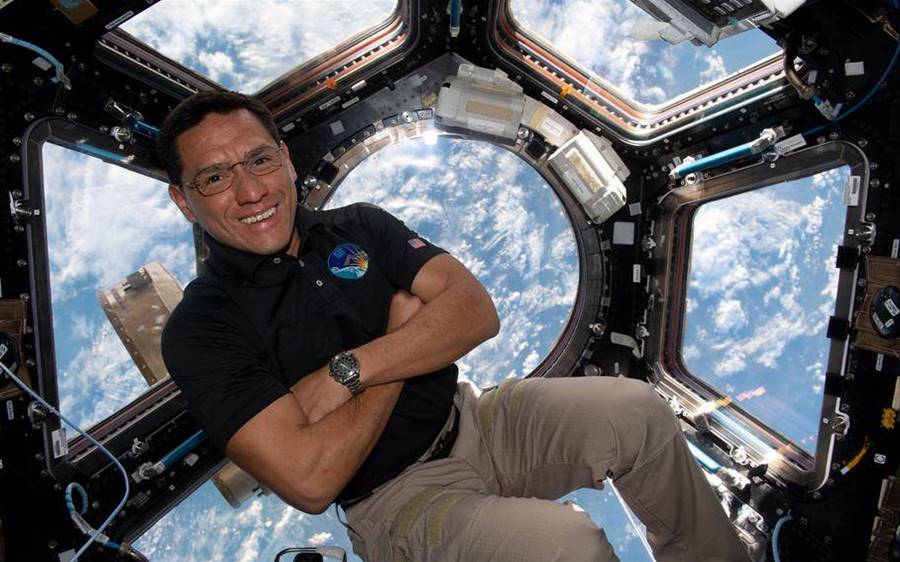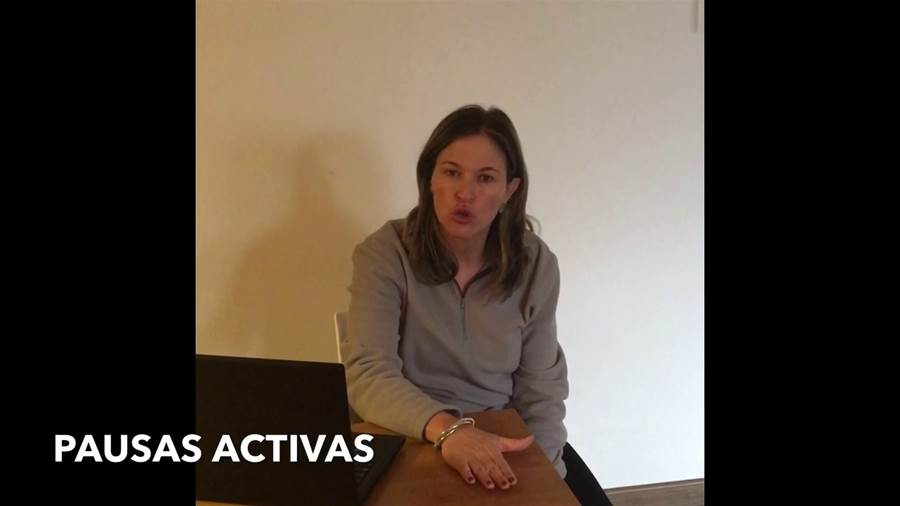

NASA astronaut Frank Rubio inside the cupola, the International Space Station’s “window to the world.” (Frank Rubio/NASA)
It was six months overdue, but NASA astronaut and Army Lt. Col. Frank Rubio’s marathon 371-day mission in space — which set the record for the longest continuous spaceflight on record by an American — finally came to an end Wednesday morning as Rubio’s Soyuz spacecraft deployed its parachute and settled gently on the steppe of Kazakhstan.
“It’s good to be home,” Rubio said, from a reclining chair where he rested for a few minutes to regain his equilibrium after being carried out the capsule. Draped in a blanket, the NASA astronaut smiled, wiped his forehead and said he felt good.
He landed exactly on schedule at 7.17 a.m. Eastern Time in a “bullseye touchdown,” according to NASA’s commentator — following a roughly 15-minute parachute-assisted descent.
After changing out of his space suit, Rubio will be transported by helicopter to the nearby Kazakh city of Karaganda — before boarding a NASA flight back to Houston.
The article is not finished. Click on the next page to continue.



















